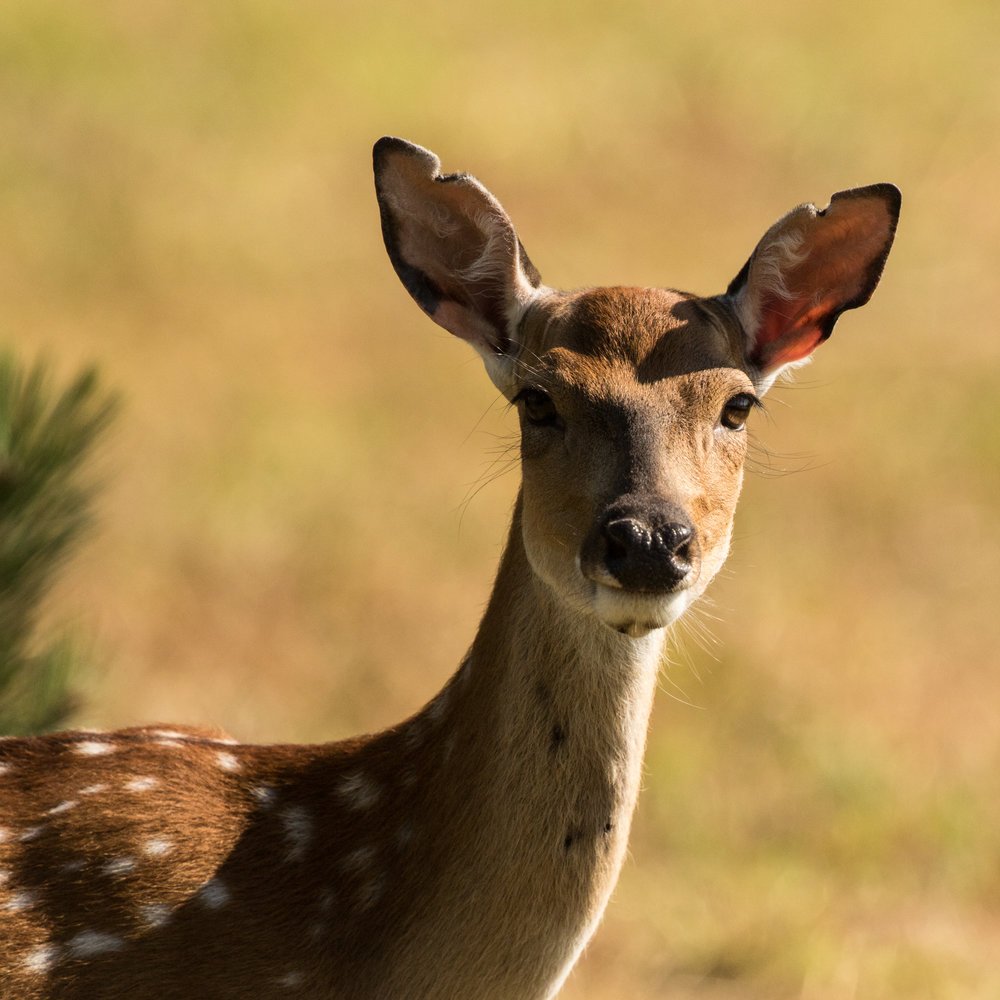
VIETNAMESE SIKA DEER
Cervus nippon pseudaxis
Once found in northern Vietnam and southwest China, the Vietnamese Sika Deer is now thought to be extinct in the wild. The demise of this beautiful subspecies is due in part to habitat loss as well as being hunted for their meat, and antlers which are used in traditional medicine. Male sika deer, known as stags, are much larger than the females and can be distinguished by the presence of antlers.
The Rut
As in other deer, male sika deer rub their antlers against trees both to remove velvet and as a territory marker. The antlers are cast in May and grow throughout the summer. The breeding season of the Sika Deer, known as the rut, typically occurs in the autumn, from about September to November or December. Males establish and defend territories, using their forefeet and antlers to dig holes up to 1.6 metres wide and 0.3 metres deep in which they frequently urinate to signal territory boundaries. Fierce fighting often occurs between rival males, who all try to drive available females into their territories where mating takes place. Successful male Sika Deer may mate with as many as 12 females and may be so intent on finding females that they do not feed until later on in the rutting season.
Did you know?
The Vietnamese Sika Deer has a very prominent white rump; when alarmed or threatened they can make all the white hairs stand on end, alerting other members of the herd to danger without making a noise.



